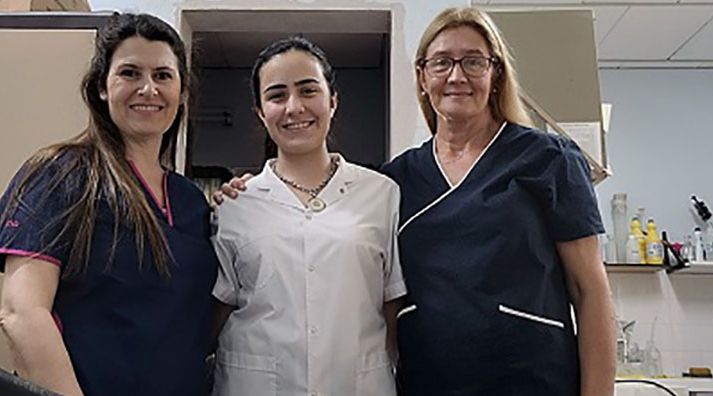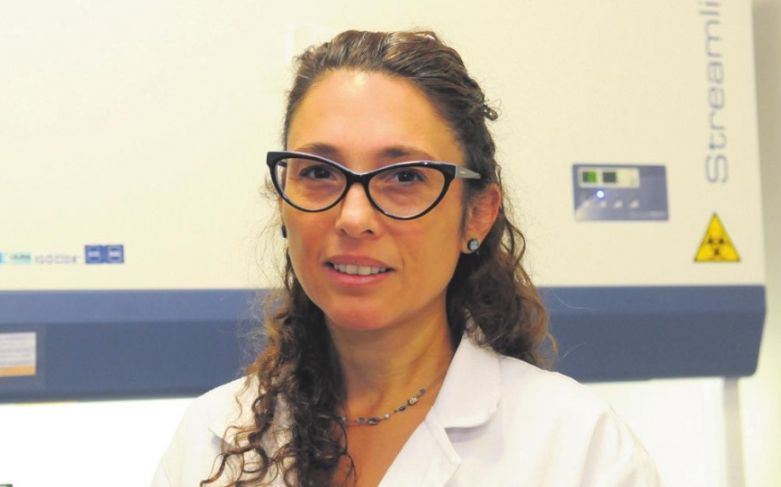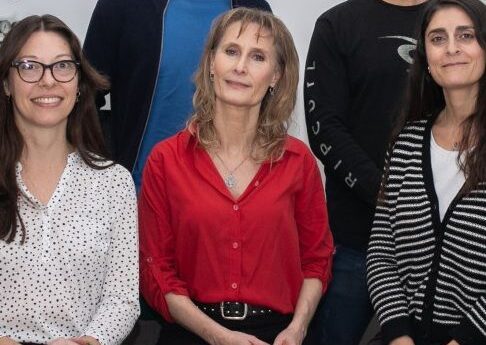Gimena Cura is an Argentine student pursuing a degree in biochemistry at the Faculty of Exact and Natural Sciences and Surveying, part of the National University of the Northeast, located in Chaco Province, Argentina.
Through the Scientific Vocations Scholarship Program, Cura is conducting research on human toxocariasis.
With her project titled “Molecular characterization of Toxocara spp. eggs present in soil”, the student focuses on preventive and control measures for toxocariasis.
Cura and human toxocariasis
Human toxocariasis, also known as toxocariasis, is an infection caused by a type of roundworm that lives in the intestines of dogs and cats and can be transmitted to humans.
The parasites Toxocara canis (from dogs) and Toxocara cati (from cats) are responsible for this infection. Although people who have pets are more frequently affected, anyone can become infected.
Human toxocariasis can affect both adults and children, with symptoms that may include fever, coughing, abdominal pain, among others.
Even though these parasites are known to cause disease in humans, few studies have been dedicated to distinguishing which species more frequently affects people. It is within this framework that Cura develops her research.
Research on human toxocariasis
Human toxocariasis is a disease mostly detected in children due to their contact with animals. It is transmitted from animals to humans through bacteria, viruses, or infectious agents.
Among the parasites involved, Toxocara canis originates from dogs, while Toxocara cati comes from cats. Molecular methods are used to distinguish the eggs of these parasites and to study which species is more involved in human infection.
Cura’s research includes the use of PCR (polymerase chain reaction), a rapid and accurate test for diagnosing infectious diseases.
She collects soil samples, conducts environmental studies, and analyzes environmental contamination. Her work contributes to understanding the presence and origin of parasite eggs in public spaces and their associated risks.
Infections in children
While toxocariasis can affect anyone, children are more vulnerable due to their contact with soil and animals.
Playing on the ground can lead to the ingestion of parasite eggs, which may later affect various parts of the body. Since the eggs develop in soil, it becomes a key indicator of risk and requires careful monitoring.
Toxocariasis is one of several diseases that impact children. In public spaces such as parks—where interaction between children, animals like dogs, and soil is frequent—research is ongoing to evaluate the associated risks.
Among the threats found in parks is Clostridium difficile, a bacterium that causes colon infections and intestinal disorders. It can be transmitted through contact with contaminated food, objects, or surfaces—especially those carrying fecal matter from previously infected individuals.
As parks and other public areas are shared by both children and animals, an increasing number of control and protection measures are being considered.
Germs are commonly found in park facilities, including playgrounds and sandboxes, which are also frequented by squirrels and birds.
In addition to infections, children may develop skin rashes—painful outbreaks caused by irritants found in soil or on surfaces.
While outdoor activities are essential for children’s well-being and access to green spaces, it is important to recognize that these environments are also habitats for animals.
Medical professionals in Argentina advocate for improved maintenance of public parks and proper research to create safer, cleaner environments for children.
Among the researchers addressing the presence of parasites affecting children through contact with animals and soil is Cura. Her work contributes significantly to understanding the impact of these organisms and supporting public health in community spaces.




